Since the early hours of June 13, 2025, the ongoing conflict between Israel and Iran has rapidly escalated into the most significant Middle Eastern war in decades.
With help from The Washington Institute, Wyoming Star tried to explore some critical questions about Israel’s strategic objectives and how the United States might respond.
The war began with a series of precision Israeli airstrikes aimed at crippling Iran’s nuclear capabilities and leadership, following months of growing intelligence concerns. Matthew Levitt, the Former-Wexler Senior Fellow at The Washington Institute and director of its Jeanette and Eli Reinhard Program on Counterterrorism and Intelligence, highlighted Israel’s stated justification for launching the campaign. According to Levitt, Israeli intelligence indicated Iran’s nuclear program had advanced significantly, reaching what Israel termed “the point of no return.” Specifically, Levitt noted Israel’s alarm at Iran’s recent accelerated uranium enrichment and its secretive progress toward nuclear weaponization despite ongoing negotiations with the US.
“In the post-October 7 world, Israeli authorities are no longer willing to hope for the best while enemies sworn to their destruction accumulate the weapons necessary to achieve that goal… This posture was made possible through previous operations on multiple fronts. Over the past year, Israeli forces have effectively defanged Hezbollah, eliminated the threat of massive rocket barrages from Lebanon, crippled much of Iran’s air defense system, and disrupted its production of ballistic missiles,” Levitt concluded.
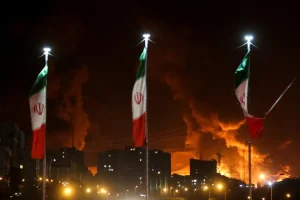
The Israeli operation aims at dismantling Iran’s capacity to threaten Israel’s existence through nuclear weapons. Michael Eisenstadt, a Kahn Senior Fellow and director of The Washington Institute’s Military and Security Studies Program, outlines Israel’s goals clearly:
“…to decapitate the senior leadership of Iran’s armed forces and nuclear program; suppress its air defenses to clear the way for subsequent attacks; attack its surface-to-surface missile complex to hinder an effective response; and, most important, destroy its nuclear program.”
Eisenstadt characterizes these strikes as the culmination of a decades-long Israeli effort to delay and disrupt Tehran’s nuclear ambitions. However, he acknowledges that a total destruction of Iran’s hardened and dispersed nuclear assets through air power alone remains improbable.
“You can inflict significant damage, but you cannot destroy a large, dispersed, hidden, and hardened nuclear program from the air,” Eisenstadt explained.
Hence, Israel’s strategy appears to involve sustained military pressure combined with ongoing covert actions to prevent Iran from reconstituting its nuclear capabilities in the future.
The strikes on Iran follow prior successful Israeli operations against Hezbollah and Iranian missile facilities, which Israeli analyst Zohar Palti, the Viterbi International Fellow and former official at Mossad and the Israeli Defense Ministry’s Policy and Political-Military Bureau, described as breaking “the psychological barrier of Israelis to be afraid of the Iranians.”
In the immediate aftermath, Iran’s response has involved retaliatory missile and drone strikes, some aimed at Israeli and US-associated targets in the region. The crisis has brought the region closer to a wider conflagration, raising concerns about the potential involvement of other regional actors and proxies.
Ambassador Dennis Ross, Davidson Distinguished Fellow and former senior official in the Reagan, Bush, Clinton, and Obama administrations, noted that Israel’s targeted elimination of senior Iranian commanders has significantly weakened Tehran’s military posture. Ross argues this has created a moment of vulnerability for Iran, opening potential avenues for diplomacy under improved terms. Ross points to signals from Iranian contacts indicating a possible willingness in Tehran to negotiate an end to hostilities, driven by acute regime vulnerability.
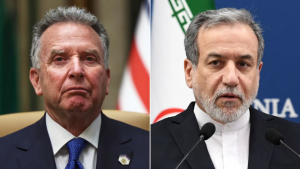
“The question for the [Iranians] is always going to be what threatens their survival the most. They have always wanted to avoid a direct conflict with the US. They have made tactical concessions whenever they thought the threats or the price to them was too high.”
He emphasizes the importance of a diplomatic approach that ensures Iran definitively abandons nuclear weapons ambitions, missile programs, and support for regional proxies in exchange for meaningful sanctions relief.
As fighting escalates, the US faces challenging calculations. President Trump has publicly reaffirmed his commitment to preventing Iran from obtaining a nuclear weapon, but he has not yet committed to direct military intervention. Dana Stroul, Director of Research, Kassen Senior Fellow, and former deputy assistant defense secretary for the Middle East in the Biden administration, highlighted two primary US interests:
“The first one is to prevent Iran from retaining the option to pursue a nuclear weapon capability…. The other US interest at this time is to prevent an expansion of the war.”
Stroul notes that the Trump administration is closely monitoring attacks already targeting American assets, such as damage sustained by the US embassy in Tel Aviv, a drone attack directed toward the US consulate in Erbil, and missile threats at US forces stationed in Iraq. According to Stroul, the decision for US involvement hinges on Israel’s military progress in achieving its objectives, feedback from G7 (which was largely in support of Israel) and regional allies, and whether US participation could decisively end the conflict and lead to diplomatic resolution.
US logistical support has already been evident, primarily defensive in nature, though a more active offensive role remains uncertain. Stroul emphasizes the US administration must strategically manage its defense industrial capabilities to support allies while weighing the political and economic costs of potential escalation.
“[The situation] requires whole-of-government, deliberate, coherent, concise planning and budgeting, and strategic thinking from the Trump administration.”
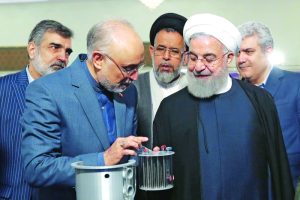
Experts point out that Israel’s current actions are part of a larger strategic vision. Michael Eisenstadt observes Israel’s goal is to shift conditions significantly enough that Iran, weakened and vulnerable, would find a nuclear breakout less feasible or attractive. Additionally, Israel’s strikes underscore the depth of its intelligence penetration into Iran’s nuclear program, signaling to Tehran the risks of continued nuclear pursuit.
As fighting continues, analysts see three possible outcomes. The first scenario involves exhaustion and depletion of missile capabilities, potentially drawing further escalation. A second path, according to Eisenstadt and Ross, involves diplomatic engagement spurred by military pressure, opening negotiations with Iran under conditions favorable to Israel and the United States. Finally, while less likely in the short term, the third scenario involves internal upheaval within Iran, potentially leading to regime change, though Eisenstadt notes that pathway remains uncertain at this stage.
For now, Israeli leadership under Prime Minister Benjamin Netanyahu seems committed to achieving its military goals, as success in Iran could strengthen Netanyahu’s position politically, potentially providing space to conclude ongoing hostilities elsewhere.
“If it looks like this campaign has been successful in Iran, Prime Minister Netanyahu is in a stronger position politically to make a decision to end the war in Gaza and to basically face down any opposition from within his own coalition,” Ross assessed.
Ultimately, as Eisenstadt summarizes, the current phase of the conflict may be prolonged, with Israel committed to sustained military efforts to degrade Iran’s nuclear capabilities, setting the stage for a more favorable diplomatic outcome or broader strategic shifts in the Middle East.
Washington’s decision on the direct US involvement will greatly influence the conflict’s trajectory and regional stability.
The full panel can be found on the Washington Institute’s YouTube page.
The initial Wyoming Star coverage of the operation Rising Lion can be found here.




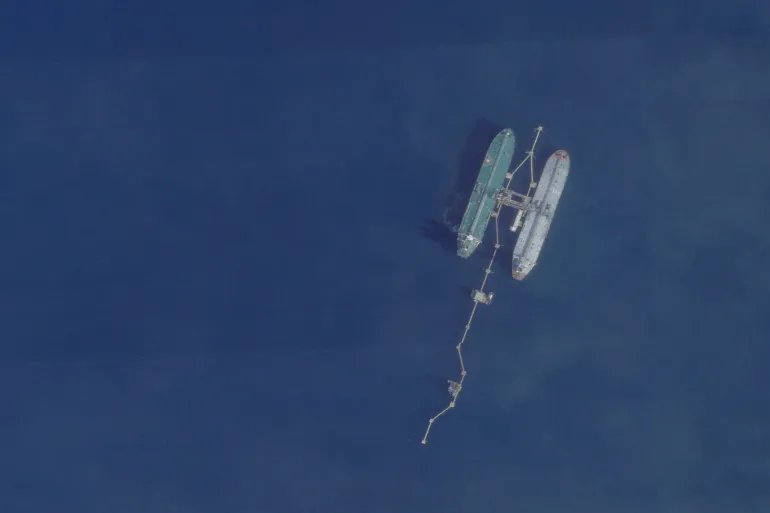
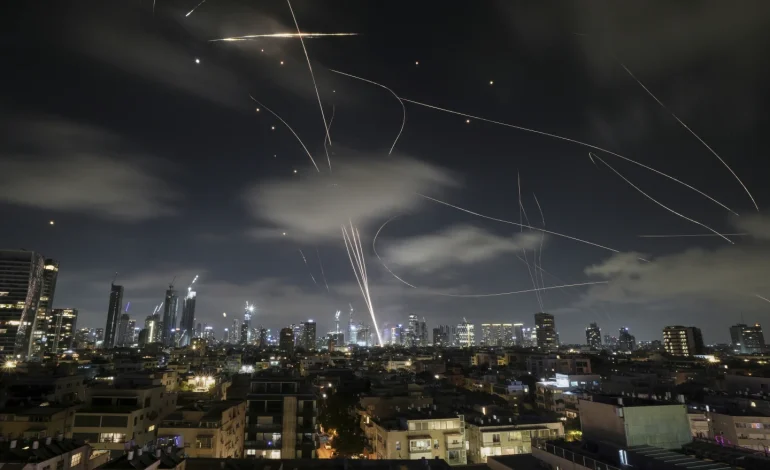




The latest news in your social feeds
Subscribe to our social media platforms to stay tuned